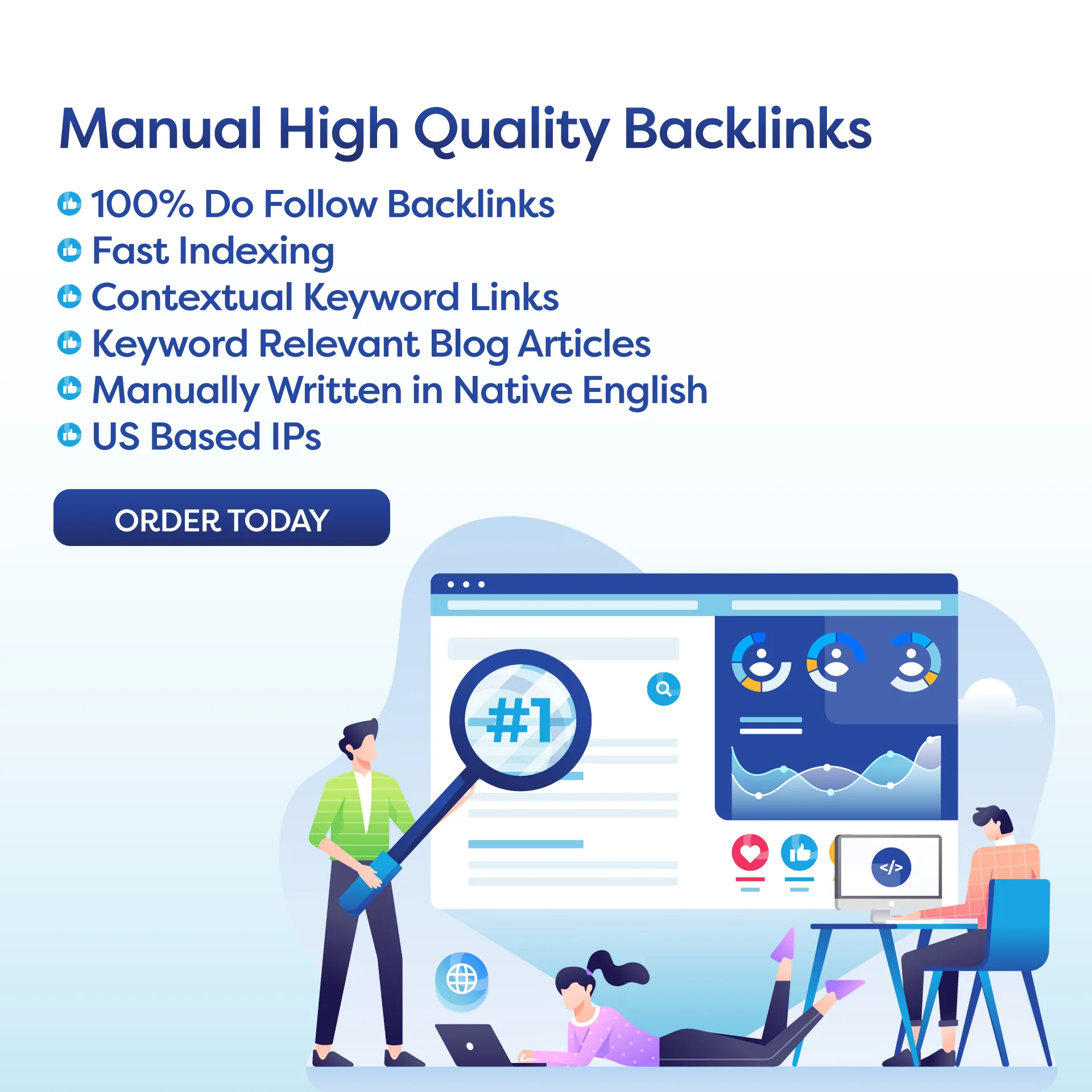**Introduction**
In today’s globalized world, businesses are constantly seeking ways to reach a broader audience and expand their market reach. One effective strategy that has emerged in recent years is **multilingual content marketing**. By creating content in multiple languages, businesses can connect with customers from diverse linguistic backgrounds and drive engagement and conversions. In this article, we will explore the key benefits and strategies of multilingual content marketing and how businesses can leverage this approach for success.
**Key Takeaways**
1. **Benefits of Multilingual Content Marketing**
2. **Strategies for Implementing Multilingual Content Marketing**
3. **Tools and Resources for Multilingual Content Marketing**
4. **Measuring Success in Multilingual Content Marketing**
**Benefits of Multilingual Content Marketing**
*Multilingual content marketing offers a range of benefits for businesses looking to expand their reach and connect with a global audience. With the increasing diversity of the online population, creating content in multiple languages can help businesses stand out and attract more customers. By speaking the language of their target audience, businesses can build trust and credibility, leading to greater engagement and conversions.*
**Strategies for Implementing Multilingual Content Marketing**
*When implementing a multilingual content marketing strategy, businesses should first identify their target market and the languages spoken by their audience. By understanding the cultural nuances and preferences of different language groups, businesses can create content that resonates with their audience. It is important to localize content for each market, taking into account language variations, cultural references, and social norms. Leveraging native speakers and professional translators can ensure that the content is accurate and culturally appropriate.*
**Tools and Resources for Multilingual Content Marketing**
*There are a variety of tools and resources available to help businesses create and manage multilingual content. Translation software such as Google Translate and SDL Trados can help businesses translate content quickly and accurately. Content management systems like WordPress and Drupal offer plugins and features to support multilingual websites. Online platforms like Fiverr and Upwork provide access to freelance translators and content creators. Additionally, businesses can use social media management tools like Hootsuite and Buffer to manage multilingual social media campaigns.*
**Measuring Success in Multilingual Content Marketing**
*To measure the success of their multilingual content marketing efforts, businesses should track key performance indicators (KPIs) related to engagement, traffic, and conversions. By using analytics tools like Google Analytics and HubSpot, businesses can monitor the performance of their multilingual content and make data-driven decisions. A/B testing can help businesses determine which language variations and content types are most effective. By analyzing metrics such as click-through rates, bounce rates, and conversion rates, businesses can optimize their multilingual content strategy for maximum impact.*
**Action Plan**
1. **Identify your target market and languages spoken by your audience**
2. **Localize content for each market, taking into account cultural nuances and preferences**
3. **Utilize translation software and content management systems to create and manage multilingual content**
4. **Track key performance indicators to measure the success of your multilingual content marketing efforts**
**Conclusion**
In conclusion, multilingual content marketing offers businesses a powerful tool for reaching a global audience and driving engagement. By understanding the benefits, strategies, tools, and resources for multilingual content marketing, businesses can create impactful content that resonates with their target market. By measuring success and optimizing their multilingual content strategy, businesses can stay ahead of the competition and achieve their marketing goals.
**FAQ**
**Q: How can businesses determine which languages to target for multilingual content marketing?**
A: Businesses should conduct market research to identify the languages spoken by their target audience and prioritize languages with the highest potential for engagement and conversions.
**Q: How can businesses ensure the accuracy and quality of their multilingual content?**
A: Businesses should work with native speakers and professional translators to ensure that their multilingual content is accurate, culturally appropriate, and resonates with their audience.
**Q: What are the key performance indicators that businesses should track in their multilingual content marketing efforts?**
A: Key performance indicators for multilingual content marketing include engagement metrics such as click-through rates and bounce rates, as well as traffic and conversion metrics to measure the impact of the content on business goals.

